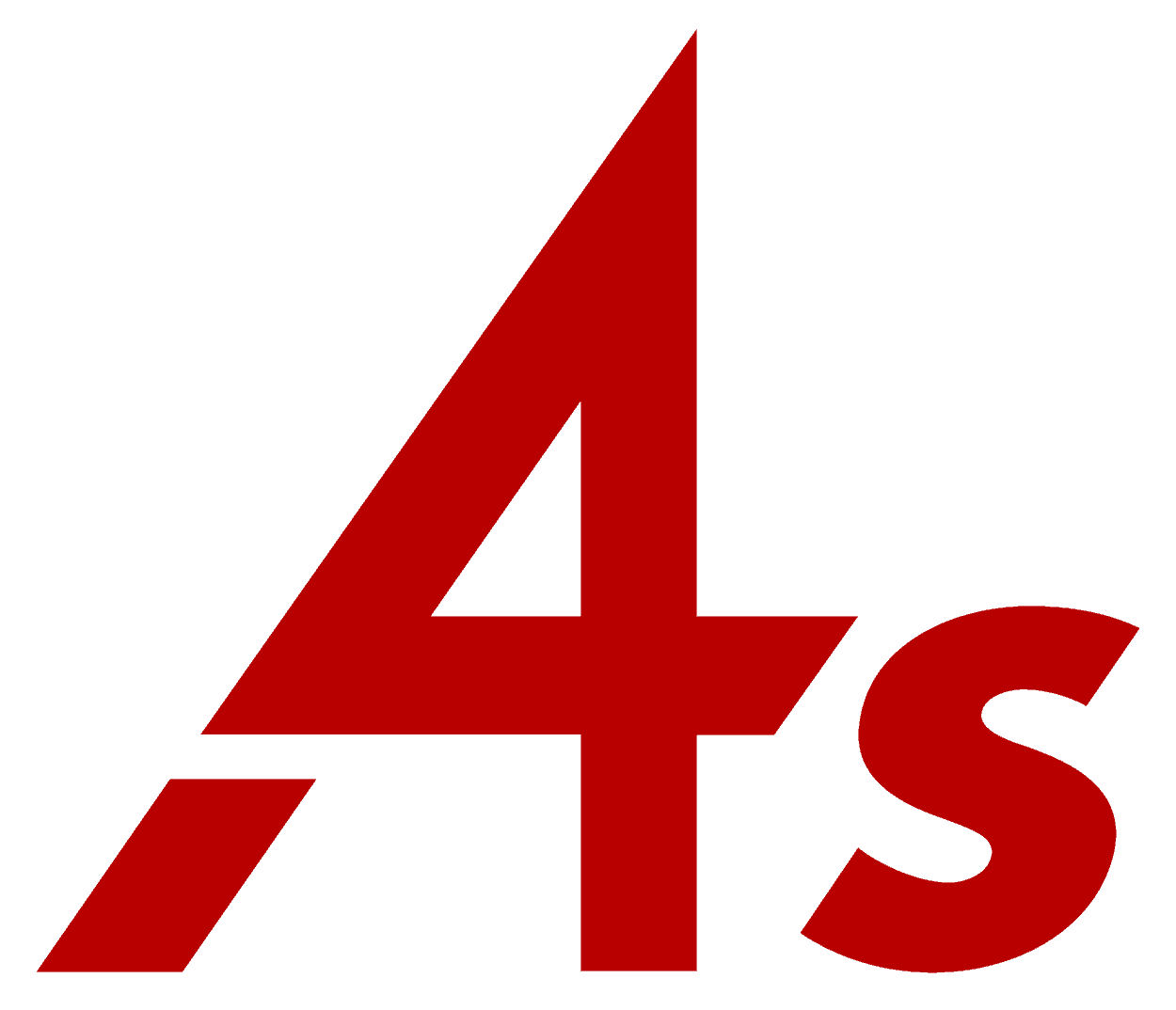What Is the Issue?
Update
On November 15, 2024, the U.S. District Court for the Eastern District of Texas issued a ruling invalidating the Biden Department of Labor’s (DOL) entire overtime final rule. As a result of this decision, the minimum salary threshold for overtime reverts to $35,568, with the threshold for highly compensated employees set at $107,432. As such, the Trump-era overtime rule, issued in 2016, remains in effect.
The Biden DOL appealed the ruling to the 5th U.S. Circuit Court of Appeals, known as the most conservative federal appellate court. It remains to be seen whether they will seek a stay pending appeal or move to expedite the appeal. However, the new Trump administration taking office in January is unlikely to pursue further defense of the rule. Over the next four years, the Trump administration may opt to issue its own overtime rule, as it did during Trump’s first term.
Learn more about this litigation development here.
*********************
On April 23, 2024 the U.S. Department of Labor announced changes to the minimum salary threshold for overtime compensation for full-time/salaried workers across the United States. This impacts advertising agencies due both to their unique workforce composition as well as the salary levels affected by the changes.
The Department estimates that total annualized direct employer costs over the first 10 years of the new rule will be $803 million with a 7 percent discount rate. When fully implemented, the rule is estimated to extend mandatory overtime pay to an estimated four million salaried workers.
What It Means
The new rule, “Defining and Delimiting the Exemptions for Executive, Administrative, Professional, Outside Sales and Computer Employees,” includes two-tiered increases to the minimum salary threshold and the threshold for highly compensated employees (HCE) as well as automatic, triennial updates to both thresholds.
The minimum salary threshold will be increased to $43,888 on July 1, 2024, and then to $58,656 on January 1, 2025. This represents a nearly 65% increase over the current threshold of $35,568. These numbers are also higher than what the DOL previewed in its August 2023 proposed rule. White-collar workers making less than the new threshold will now need to be paid overtime when they work more than 40 hours in a week.
Starting July 1, 2027, salary thresholds will update every three years, by applying up-to-date wage data to determine new salary levels. These salary levels will be pegged to the 35th percentile of weekly earnings of full-time salaried workers in the lowest wage Census region.These salary level updates will be preceded by advance publication of a notice of the updated salary level and HCE total annual compensation threshold in the Federal Register.
The new regulation will put a new compliance burden on ad agencies within a narrow period of time (less than a year) for compliance. Moreover, automatic updates mean that employee pay audits and payroll adjustments will be nearly constant, with a mere 150 days for agencies to recalibrate between changes each time.
The rule will face challenges in courts and potential scrutiny in the event of presidential administration turnover following the November 2024 election. It is worth remembering that the Obama Administration’s 2016 rule revising the FLSA exemptions in a similar fashion—i.e., an increased salary threshold with automatic, inflation-based increases—was stymied by legal challenges and a new administration and never came into effect.
Despite this legal uncertainty, agencies would be well-advised to engage as quickly as feasible with the necessary analyses and processes that will be needed to ensure compliance with the requirements. State and local labor laws can also regulate overtime minimum salary thresholds in excess of the federal threshold. The revised $58,656 threshold surpasses some state, and locally-imposed minimum salary thresholds for 2024, although does not exceed the levels set in California, New York City, Washington State.
What the 4As Is Doing
4As has worked proactively, from the moment the draft rule was proposed in 2022, to improve key provisions that would have otherwise adverse effects—on both agencies and their employees.
- In 2015, 4As joined a cross-industry coalition, the Partnership to Protect Workplace Opportunity. PPWO is a diverse group of associations, businesses, and other stakeholders representing employers with millions of employees across the country in almost every industry. Through PPWO, the 4As has engaged in three overtime rulemakings to date.
- The 4As submitted written comments to the Labor Department’s initial proposed rule that highlight the significant operational and labor cost predictability challenges agencies can expect if the proposed overtime rule is adopted, particularly in light of the rule’s automatic, triennial updates to the minimum salary threshold. The comments address significant concerns including reducing access to professional development and career advancement opportunities for early career professionals and curtailing the remote workplace and schedule flexibilities workers have become accustomed to after the COVID-19 pandemic. The 4As urged DOL to incorporate several changes including 1) adopting a more reasonable minimum salary threshold number for overtime exemption, 2) incorporating a gradual, multi-year phase-in for the initial minimum salary threshold change in the rule, 3) abandoning the required triennial automatic updates provision, and 4) establishing a pro-rata adjustment for part-time workers, among others.
- The 4As launched a take action campaign to urge our members to directly weigh in with the Department of Labor and Congress to urge the federal agency to abandon its proposed changes to the 2019 overtime rule.
- The 4As joined with the Partnership to Protect Workplace Opportunity and 83 employer organizations in a letter to Congress urging support of H.R. 7367, the Overtime Pay Flexibility Act. H.R. 7367 would prohibit the Department of Labor (DOL) from finalizing, implementing, or enforcing its proposed rule on increasing the overtime salary threshold.
We’re Continuing to Work on Your Behalf
The 4As Government Relations team continues to educate members of Congress who oversee labor department funding and policy on this important issue. These include members of the House Appropriations Committee, the House Education and Workforce Committee, the Senate Committee for Health Education Labor and Pensions and the various sub-committees.
- The 4As and our coalition partners are working with Congressional leaders to introduce a Congressional Review Act Resolution, that if passed by both Chambers, would rescind the final overtime rule.
More Information
Read more about recent 4As advocacy on the new Federal OT Pay Rule:
- 4As Submits Comments on Proposed Federal Overtime Regulations (November 8, 2023)
- DOL Proposes New Federal Overtime Rule with 55K Minimum Salary Threshold and Automatic Updates (August 30, 2023)
- Federal Overtime Rules on Biden Administration’s Regulatory Agenda for 2022 (February 22, 2022)
- DOL Regulation to Watch: Federal Minimum Salary Threshold for Classifying Exempt Employees (July 29, 2021)
- New Overtime Rule Could Mean Hefty Bill for Agencies- And A Windfall for Workers (Ad Age, July 27, 2021)

